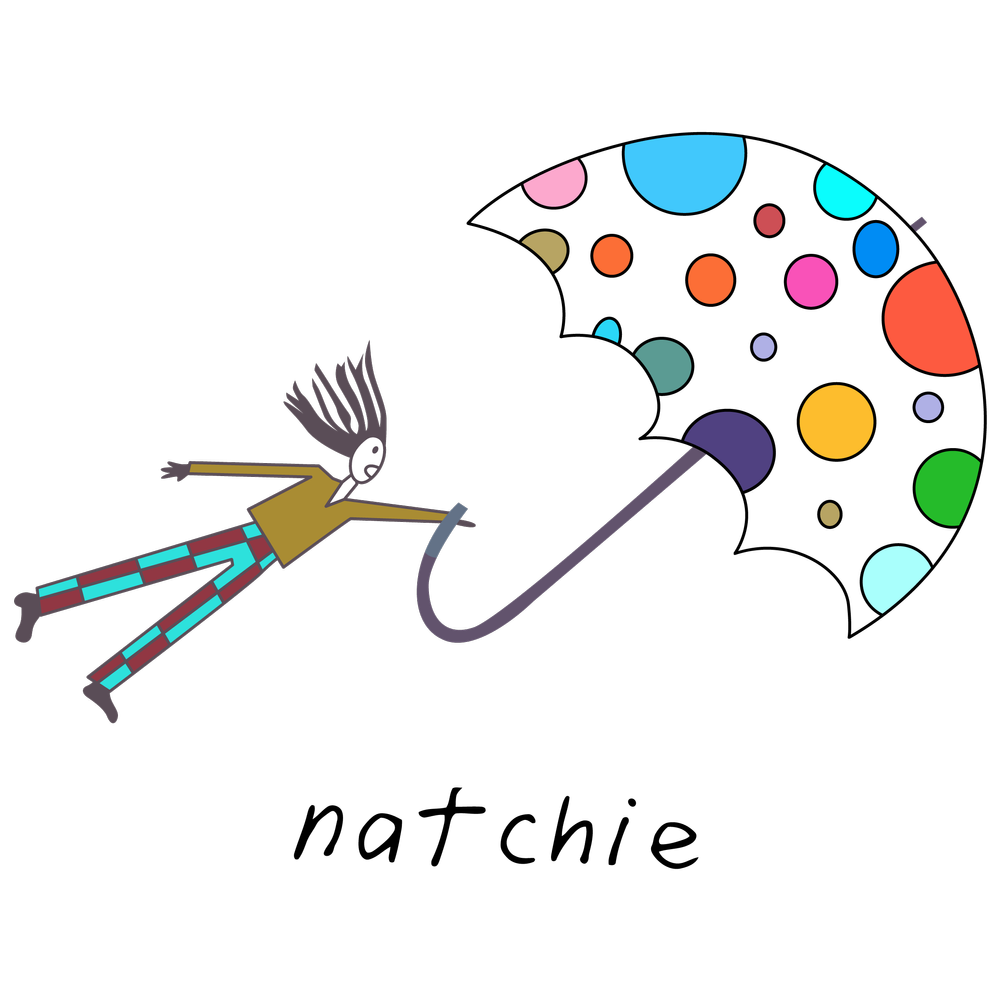Oh No..I'm Not Going To Make It - THE ORIGINAL DRAWING
Oh No..I'm Not Going To Make It - THE ORIGINAL DRAWING
Limited Edition Dream Series:
OH NO..I'M NOT GOING TO MAKE IT
DREAM MEANING:
Tidal waves often appear in our dreams when are under a lot of pressure or when significant change is occurring. They may be a an indication that we feel a little overwhelmed, that maybe we fear we won’t be able to cope or adjust with what we see in our own future. They may occur as recurring dreams, with the wave getting bigger or closer over subsequent nights. This may correspond to our increasing anxiety, or the looming date we fear getting closer. It is worth recognizing that when we have these tidal wave dreams there is often an area of our life that we are not looking at clearly, or that we are avoiding. Tidal wave and tsunami dreams remind us that if we don’t confront and deal with things that are out of balance in our life, then they will confront us first! There are fewer clearer signs of confrontation than standing right before a towering body of surging water!
This is the original drawing for the limited prints.
There is ONLY 1
22' x 30" Framed - BLACK
2B lead pencil on Stonehenge Bright White Paper
Hand drawn by natchie - September 2017 - Dumbo, Brooklyn, NYC
A dream is a succession of images, ideas, emotions, and sensations that usually occur involuntarily in the mind during certain stages of sleep. The content and purpose of dreams are not fully understood, though they have been a topic of scientific speculation, as well as a subject of philosophical and religious interest, throughout recorded history. Dream interpretation is the attempt at drawing meaning from dreams and searching for an underlying message. The scientific study of dreams is called oneirology.
Dreams mainly occur in the rapid-eye movement (REM) stage of sleep—when brain activity is high and resembles that of being awake. REM sleep is revealed by continuous movements of the eyes during sleep. At times, dreams may occur during other stages of sleep. However, these dreams tend to be much less vivid or memorable. The length of a dream can vary; they may last for a few seconds, or approximately 20–30 minutes. People are more likely to remember the dream if they are awakened during the REM phase. The average person has three to five dreams per night, and some may have up to seven; however, most dreams are immediately or quickly forgotten. Dreams tend to last longer as the night progresses. During a full eight-hour night sleep, most dreams occur in the typical two hours of REM.



